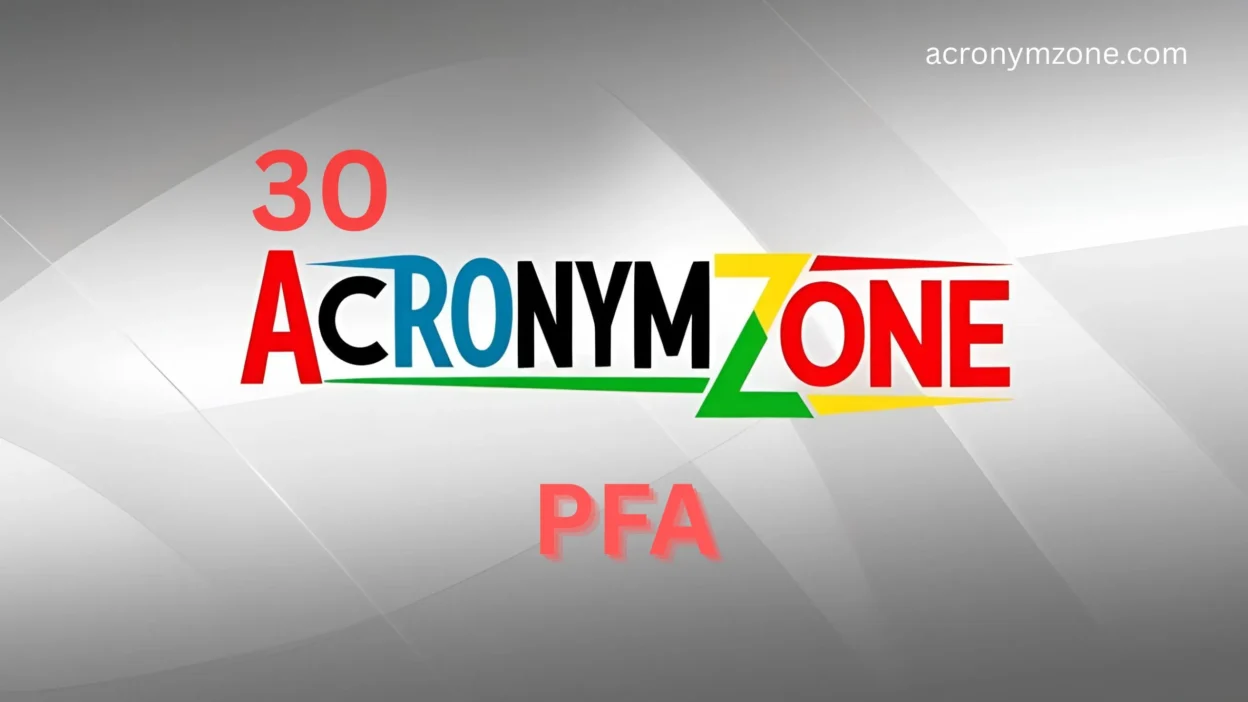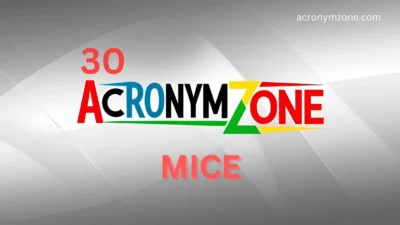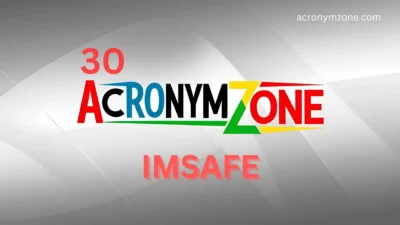If you’ve ever sent an email with a file attached, you’ve probably used the phrase “PFA” — short for “Please Find Attached.” It’s one of those formal, slightly robotic acronyms we drop into our messages without much thought.
But here’s the deal: PFA can come off as stiff, overly formal, or even cold. Especially in casual or friendly communication, it may feel out of place. That’s where alternatives come in.
Whether you’re trying to be more personable, polite, reserved, or simply modern, this guide gives you 30 versatile PFA alternatives—complete with usage tips and examples.
We’ll also explore when to use each depending on tone, emotional nuance, and cultural expectations. Ready to up your communication game? Let’s dive in!
📌 What Does “PFA” Really Mean?
PFA (Please Find Attached) is a polite, often formal phrase used to indicate that a document or file is attached to an email or message. It’s clear, but often a bit outdated or impersonal.
Traits associated with PFA:
- Modest
- Reserved
- Formal
- Slightly old-fashioned
- Emotionally neutral
Now let’s explore 30 alternatives that vary in tone, emotion, and context.
📎 30 PFA Alternatives + When to Use Them
1. Attached is…
- Use when: You want to sound clear and professional without being too stiff.
- Example: Attached is the report you requested.
2. Please see attached
- Use when: You’re aiming for polite professionalism.
- Example: Please see attached for the meeting agenda.
3. I’ve attached…
- Use when: You want a warm but still formal tone.
- Example: I’ve attached the presentation slides.
4. Here’s the file you asked for
- Use when: You’re speaking to a colleague or friend.
- Example: Here’s the file you asked for yesterday.
5. Enclosed is…
- Use when: You’re writing formally, especially in legal or official communication.
- Example: Enclosed is the signed agreement.
6. Please find the attached document
- Use when: You want to keep the classic, slightly old-fashioned tone.
- Example: Please find the attached document for your review.
7. I’ve included…
- Use when: You want a casual and warm tone.
- Example: I’ve included the notes we discussed.
8. Here’s what you need
- Use when: You’re replying helpfully or casually.
- Example: Here’s what you need for the application.
9. FYI, attached is…
- Use when: Sharing information without requesting action.
- Example: FYI, attached is the updated schedule.
10. Sharing the document here
- Use when: On Slack, Teams, or chat messages.
- Example: Sharing the document here for your input.
11. Please have a look at the attached
- Use when: Inviting the reader to review or comment.
- Example: Please have a look at the attached and share your thoughts.
12. Sending over…
- Use when: Friendly and casual tone.
- Example: Sending over the draft now.
13. Dropping the file here
- Use when: Very informal or in team chats.
- Example: Dropping the file here for quick access.
14. You’ll find the file attached
- Use when: Polished but not too formal.
- Example: You’ll find the file attached for your convenience.
15. Here it is
- Use when: Short, casual, and confident.
- Example: Here it is — let me know what you think.
16. In case you need it, I’ve attached…
- Use when: Offering something optional or extra.
- Example: In case you need it, I’ve attached last quarter’s report.
17. As requested, here’s…
- Use when: Delivering on a request politely.
- Example: As requested, here’s the invoice.
18. Please refer to the attached
- Use when: Technical or procedural communication.
- Example: Please refer to the attached for specifications.
19. You asked for this—attached 🙂
- Use when: Playful, casual, friendly.
- Example: You asked for this—attached 🙂 Hope it helps!
20. Take a look at the attached
- Use when: Informal but still polite.
- Example: Take a look at the attached when you have a moment.
21. Included below
- Use when: The file is embedded or pasted below the message.
- Example: Included below is the summary for your review.
22. You’ll find everything in the attachment
- Use when: Providing comprehensive information.
- Example: You’ll find everything in the attachment for your reference.
23. Attaching…
- Use when: Simple and to the point.
- Example: Attaching the proposal. Let me know what you think.
24. Have attached for your review
- Use when: Semi-formal and review-oriented.
- Example: Have attached for your review and feedback.
25. Find attached the requested files
- Use when: Formal and direct.
- Example: Find attached the requested files.
26. The document is attached below
- Use when: Clarifying location in long emails.
- Example: The document is attached below this message.
27. Sent along the file
- Use when: Slightly informal but polite.
- Example: Sent along the file for your edits.
28. In the attachment, you’ll see…
- Use when: Guiding someone to specific content.
- Example: In the attachment, you’ll see the updated figures.
29. Here’s the attachment
- Use when: Direct, simple, conversational.
- Example: Here’s the attachment we discussed.
30. The file’s attached, just in case
- Use when: Adding something proactively.
- Example: The file’s attached, just in case you need a copy.
🧭 Choosing the Right Alternative: Tone Matters
Here’s how to pick based on context:
| Tone/Context | Best Options |
| Formal/Professional | “Please see attached,” “Enclosed is,” “Refer to the attached” |
| Casual/Friendly | “Here it is,” “Sent along,” “Dropping the file here” |
| Helpful/Supportive | “In case you need it,” “You’ll find everything in the attachment” |
| Chat/Messaging | “Sharing the doc here,” “Attaching,” “Here’s the file” |
| Request-based | “As requested,” “Here’s what you need,” “Please review the attached” |
🌍 Cultural & Emotional Nuances
- In Western business settings, formality is appreciated in external or new relationships, so stick to “Please see attached” or “Enclosed is.”
- In team settings or creative fields, informal phrases like “Here it is” or “Sending over” feel more natural.
- With international teams, avoid idioms or casual phrasing that might confuse non-native speakers. Stick with simple options like “I’ve attached…”
🎯 Final Thoughts
“PFA” gets the job done—but sometimes you want more nuance, personality, or clarity. With these 30 alternatives, you can match your language to the context, tone, and audience perfectly.




